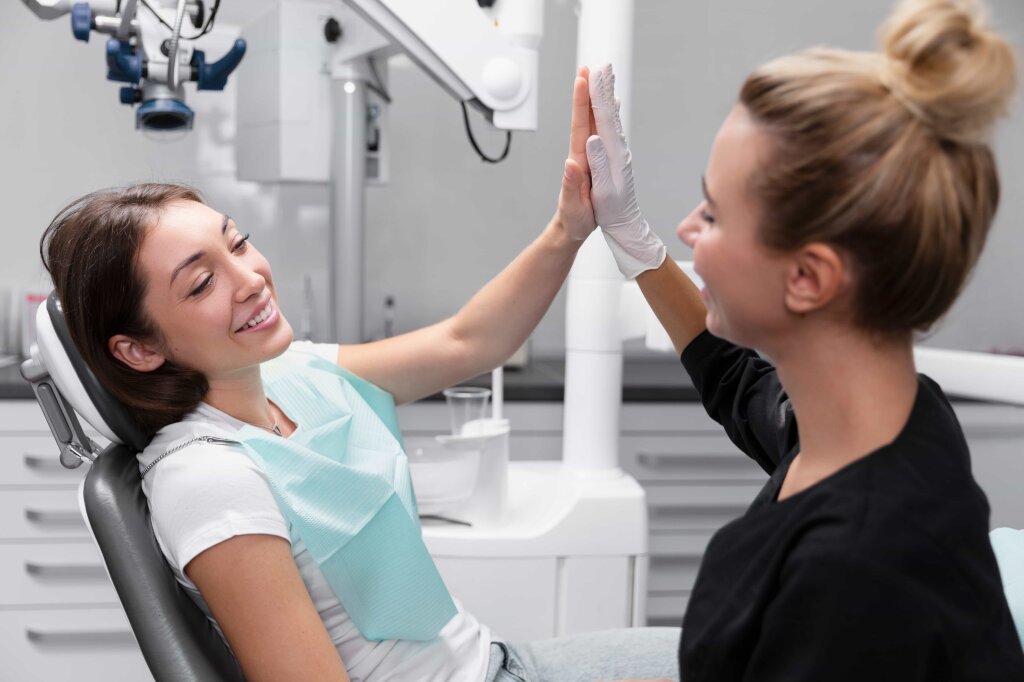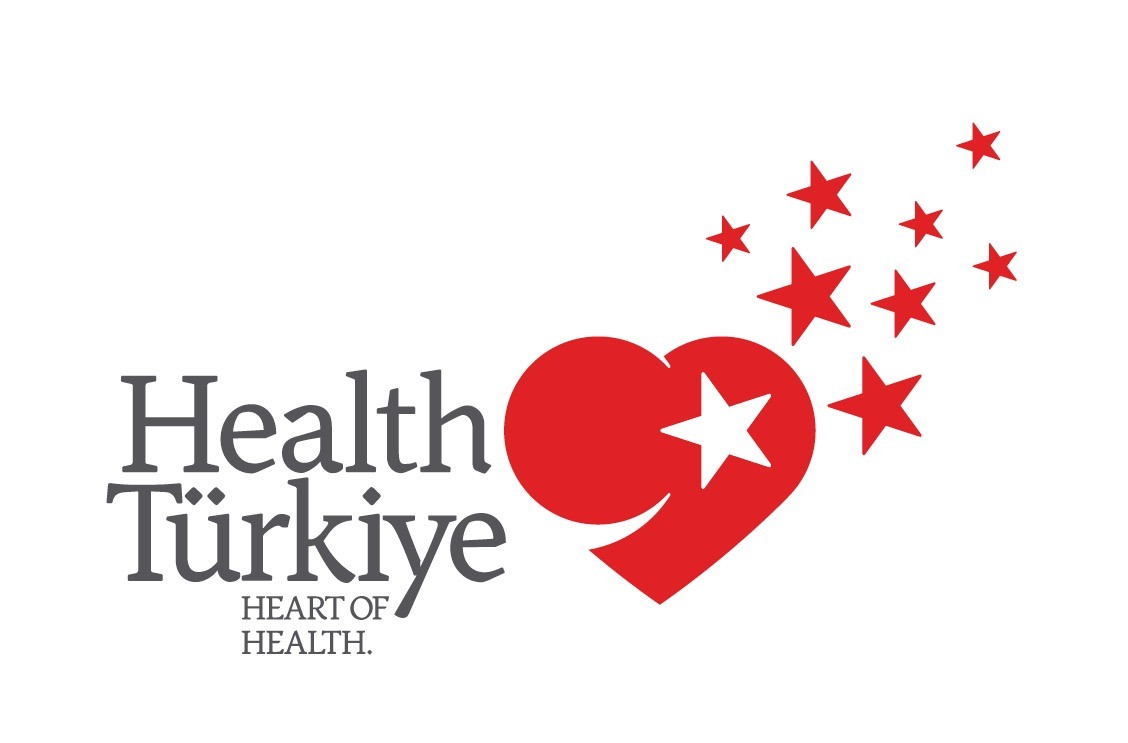Tooth loss can cause significant aesthetic and functional issues. Fortunately, implant treatment offers an effective and long-lasting solution to these problems. Modern techniques used in implant treatment today allow patients to experience a faster, safer, and more comfortable process. So, what are the modern methods used in implant treatment, and what advantages do they offer? In this article, we will explore the latest technologies and techniques used in implant procedures.
Digital Planning in Implant Treatment
One of the most important modern techniques in implant treatment is digital planning. While traditional methods rely on manual measurements to determine the tooth's position, digital planning provides a three-dimensional image of the patient's oral structure. This allows the dentist to precisely plan where to place the implant with millimetric accuracy.
Advantages of digital planning include:
Shorter treatment time: The implant placement is faster and more accurate with digital planning.
Reduced risk of complications: Precise implant placement minimizes the risk of nerve damage or misplacement.
Personalized treatment: Digital planning offers a tailored treatment process for each patient's unique oral structure.
Guided Implant Surgery
Guided implant surgery is another modern technique that uses data obtained from digital planning. In this method, a surgical guide is created based on the dentist's plan. The guide determines the correct angle, depth, and position of the implant, allowing the dentist to place it safely.
Advantages of guided implant surgery:
High precision: The guide ensures the implant is placed in the correct position.
Less invasive: Smaller incisions mean shorter recovery times and less post-operative pain.
Faster recovery: The less invasive nature of the surgery speeds up recovery.
All-on-4 and All-on-6 Implant Techniques
The All-on-4 and All-on-6 methods are modern techniques for patients with complete tooth loss. Instead of placing an implant for every missing tooth, four or six implants are placed to support a full set of teeth.
Advantages of All-on-4 and All-on-6:
Quick results: Treatment can be completed in one session, and patients can receive their fixed dentures the same day.
Cost-effective: Fewer implants reduce the overall cost.
Suitable for patients with bone loss: Implants are placed strategically, even in patients with insufficient bone volume.
Laser-Assisted Implant Treatment
Laser technology is becoming more common in dental treatments, including implant surgery. Laser-assisted procedures provide more precise cuts in the gum and bone tissues, promoting faster healing.
Advantages of laser-assisted implant treatment:
Faster healing: Laser causes less tissue damage, speeding up the recovery process.
Less bleeding and swelling: The laser controls bleeding while cutting tissues, reducing post-surgery complications.
Lower risk of infection: The antiseptic properties of the laser minimize the risk of infection.
3D Printing Technology in Implant Design
3D printers are revolutionizing dental care. In implant treatments, 3D printing allows the rapid production of custom implants and prosthetics tailored to the patient’s dental structure.
Advantages of 3D printing technology:
Customized implants: Implants and prosthetics are designed according to the patient’s jaw structure.
Faster production: The production time is significantly shorter than traditional methods.
Cost-effective: Custom-designed implants and prosthetics can be more affordable than traditional ones.
Bone Grafting and PRF Technique
For some patients, there may be insufficient bone volume to place an implant. In such cases, bone grafting is used to strengthen the bone tissue in the area where the implant will be placed. PRF (Platelet-Rich Fibrin) is a technique that uses growth factors from the patient's blood to accelerate the healing of the graft and surrounding tissues.
Advantages of bone grafting and PRF:
Stronger bone tissue: Bone grafting ensures a solid foundation for the implant.
Faster healing: PRF promotes quicker recovery of the bone and gum tissues.
Modern techniques in implant treatment offer faster, more comfortable, and safer procedures for patients. Innovations such as digital planning, guided surgery, laser technology, and 3D printing improve the success rate of treatments while shortening recovery times. Patients considering implant treatment can consult their dentists to choose the most suitable modern method for their needs, achieving a healthy and aesthetic smile.






